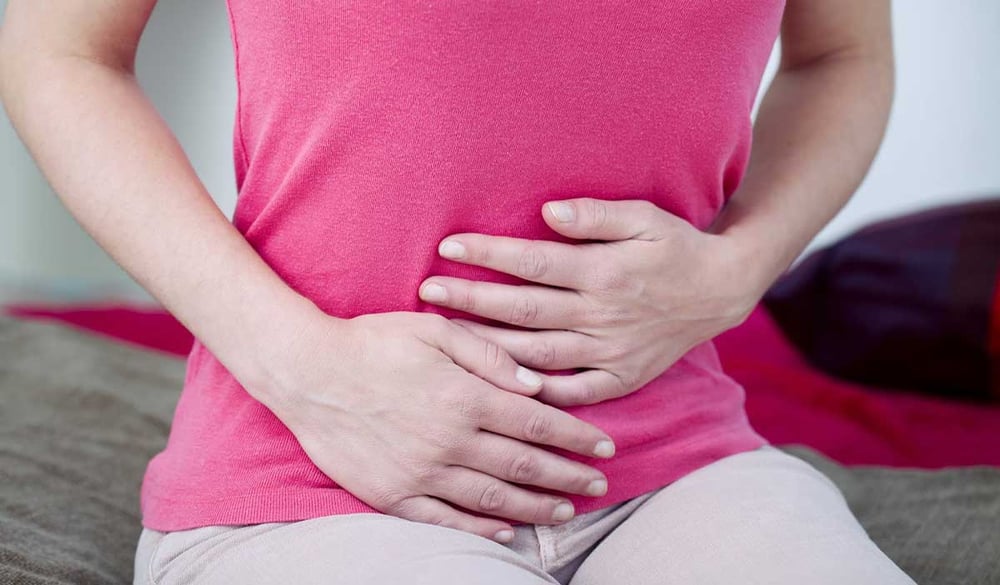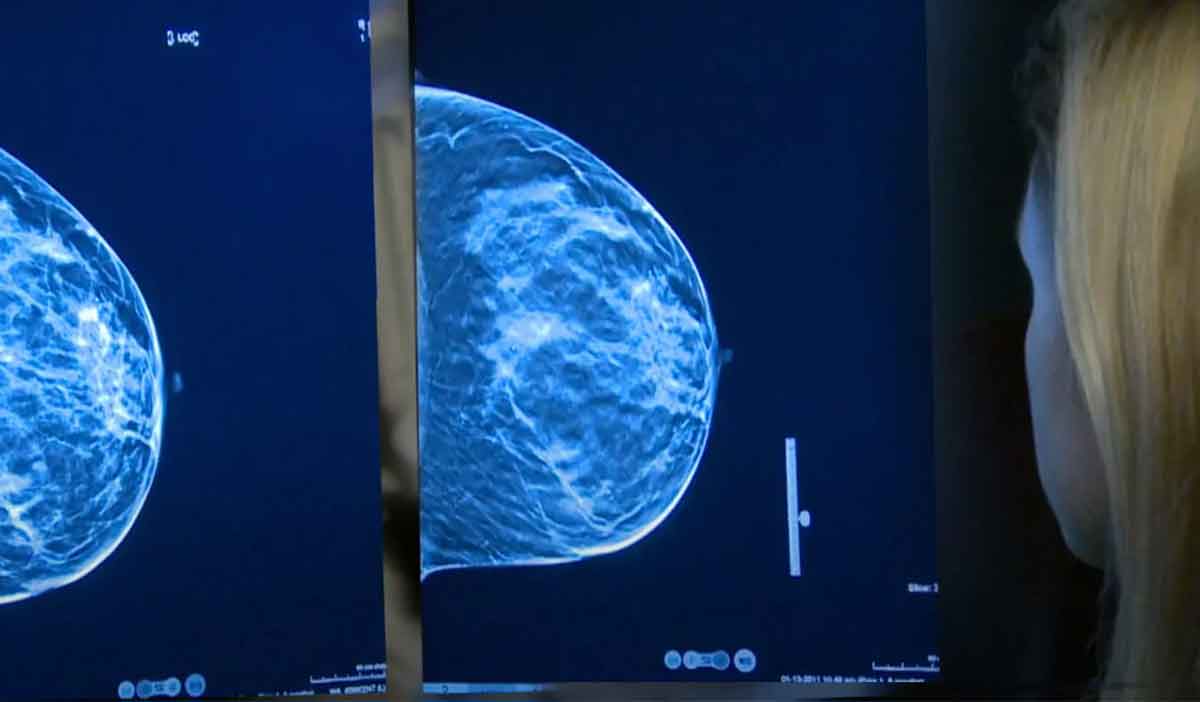Many women experience pelvic pain - pain located between the belly button, hips, and groin - and too many of those women don't take it seriously. Women often feel their symptoms or discomfort don't qualify as pelvic pain that needs to be discussed with a doctor. However, pelvic pain can be caused by problems in reproductive organs, intestines, nerves, bladder, or muscles - and some of those problems are disorders that need treatment or they will only progress and get worse.

Types of pelvic pain
It's hard to describe pain to another person. After all, each person experiences pain differently and has a different tolerance to pain. Women experiencing pain in their pelvic area may have difficulty pinpointing exactly where the pain is and what seems to be triggering it,making them reluctant to bring it up with their doctor. If your are experiencing any of the following, particularly if these feelings have been happening for months, you should review your symptoms with your doctor:
- Constant pain or dull ache in the pelvic area
- Burning, shooting pain
- Rectal urgency
- Paint that comes and goes
- Pain that ranges from mild to severe
- Pain with certain activities
- Pain with prolonged sitting
Issues behind pelvic pain
While there are many things from gastrointestinal disease to menstrual pain that could be causing the pelvic pain, for many women, the discomfort arises from gynecological problems. These are some of the more common gynecological cause of pelvic pain in women:
Endometriosis
In endometriosis, endometrial-like tissue - tissue that should only be found in the uterus to help a growing fetus - is found outside the uterus. For example, it may be found on organs in the abdomen or pelvis. In these places, the tissue still responds to hormones. It swells, breaks down, and bleeds, but it is unable to leave the body when you menstruate. Surrounding tissue becomes inflamed and there is often scarring.
- Treatment options: Treatment may include over-the-counter pain relievers, hormone therapy, or surgery. The course of action depends on severity of symptoms, size and location of growths, age, and desire to have a baby.
Pelvic inflammatory disease
Pelvic inflammatory disease (PID) is a serious infection of the female reproductive organs. This includes the uterus, ovaries, and Fallopian tubes. PID can cause scar tissue to form in the pelvis and Fallopian tubes. This damage may result in infertility, a future tubal pregnancy, or chronic pelvic pain.
- Treatment options: Since PID is often caused by bacteria, treatment usually starts with antibiotics. In certain situations, surgery may be required to remove damaged tissue.
Fibroids
Fibroids are benign (noncancerous) growths in the wall of the uterus. The uterus is the organ where the fetus grows during pregnancy. Fibroids are common. They may be very small or they could grow to 8 or more inches in diameter. Most fibroids remain inside the uterus. Sometimes, they may stick out and affect nearby organs. It is common for there to be more than one fibroid.
- Treatment options: When fibroids are causing discomfort, a doctor may recommend over-the-counter pain relievers or hormone therapy. Surgery may also be considered if the fibroids are causing the uterus to become larger, if the growths are interfering with fertility, or if symptoms are severe.
If you are experiencing frequent pelvic pain, including pain that has been lingering for months, don't ignore it. Schedule an appointment with your doctor to determine the cause and potential treatment options.




